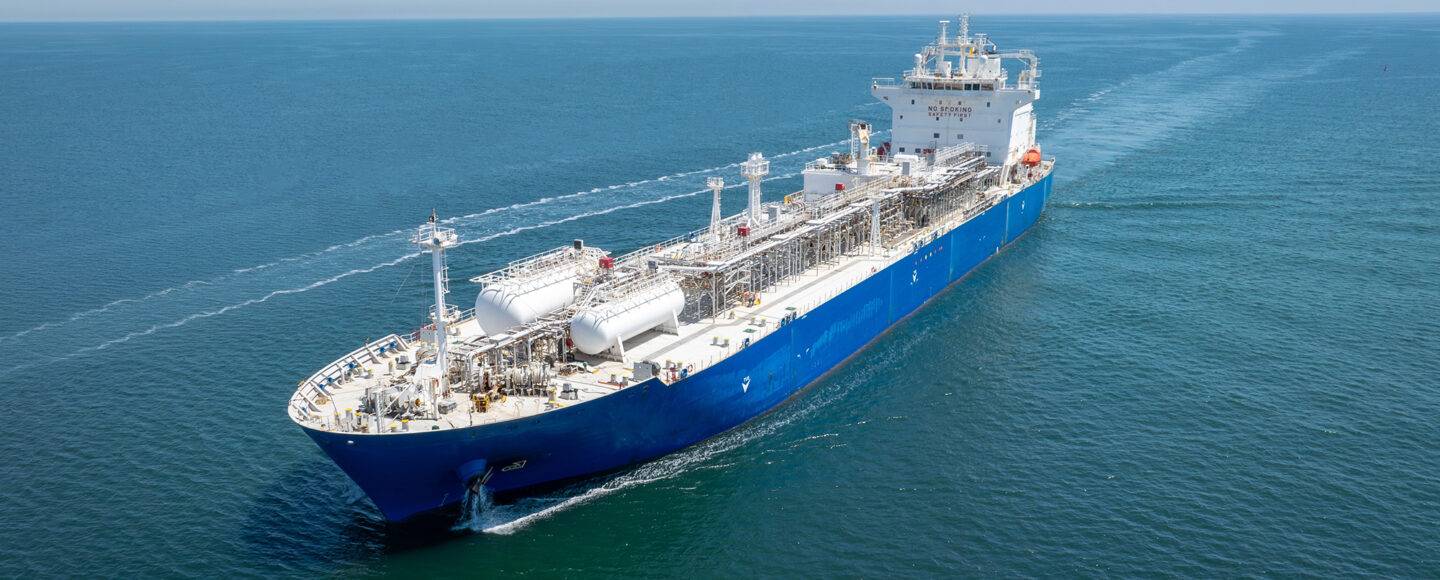Are we ready to embrace Ammonia as a Maritime Fuel?

With the global maritime industry grappling with the urgent need to reduce its carbon footprint, ammonia is quickly emerging as a viable alternative fuel.
The impending arrival of the first ammonia-powered vessels by 2025 is a transition that is not without its challenges and complexities. Preparing for this new era requires a concerted effort from all stakeholders, including ship owners, regulators, ports, and maritime professionals. By embracing ammonia, the industry not only aligns with global sustainability goals but also sets a precedent for future innovations in clean energy.
The Advantages of Ammonia as a Maritime Fuel
Ammonia offers several advantages that make it an attractive alternative to traditional hydrocarbon-based fuels…
Reduces greenhouse gas emissions: Ammonia does not produce carbon dioxide when used as a fuel, helping to mitigate the maritime industry’s impact on climate change.
Sustainable production: Ammonia can be synthesised using renewable energy sources, such as wind, solar, and hydropower, enhancing its sustainability credentials.
The availability and existing infrastructure for ammonia also play a crucial role in its adoption.
Widespread industrial use: Ammonia is currently used in various industrial applications, including refrigeration and fertiliser production, providing extensive experience in its handling and transportation.
Energy density: Ammonia’s energy density is comparable to traditional fuels, which allows it to meet the energy demands of large vessels.
While the overall energy capacity is sufficient, using ammonia as a fuel does require certain modifications to existing ship designs. Specifically, engines need adaptation to run on ammonia, and the engineering sections must be sealed for safety.